Safety
As we sail our ship as a couple, we have special requirements for our safety.
These requirements revolve around answering various questions:
How do we secure ourselves?
When sailing, we wear offshore life jackets from Spinlock (Deckvest 5D 275N). With these, we have replaced our Secumar waistcoats that we had been using for many years. The Spinlock ones have better emergency lighting, are more comfortable, lighter and without heavy metal fasteners.
The sailing clothes are from Musto (MPX GORE-TEX DRYSUIT and HPX GORE-TEX OCEAN combi, as well as boots). We use safety lines and work with them when we have to go to the stern or foredeck. For this purpose, we also use webbing ropes as stretch ropes on the walkways.
How do we rescue the other person if he or she has gone overboard?
First of all, you have to notice that your partner has gone overboard: our worst nightmare is that we are sleeping exhausted in the free watch and the other person falls into the water unnoticed. Hours later you wake up, no one is on board and you have no idea when it happened or where to look.
To prevent this from happening, we have a personal MOB transmitter in each safety vest that is automatically activated together with the waistcoat and immediately sends an alarm signal to the DSC receiver of the VHF radio. This is programmed to make a hell of a racket in the event of an incoming distress signal, which runs until acknowledged.
After that, our fixed and trained emergency routine runs as follows:
- It takes me 5 seconds to get from the bed to the radio, initiate the emergency manoeuvre, which sails our boat exactly into the wind and takes the speed out immediately.
- Then the engines are started and the headsail is furled.
- Then the AIS monitors of the three plotters and the MaxSea navigation programme are scanned for the AIS signal of the MOB and the course of the autopilot is set on it.
- Then the Mayday signal is transmitted via VHF 16 and the MOB alarm is triggered.
This sequence is necessary on a fast boat like our cat. The first priority is to slow down! 20 seconds after the accident, our boat has already shot 100m further. At night, in heavy weather, you won’t see anyone. If you spend even 10 seconds looking for someone, the boat is already 50m further. When you turn into the wind and the offset sets in, you lose your orientation anyway and don’t know exactly where to go. We tried this with a crew of four. If no one is there who has seen the accident and is permanently pointing in the direction of the person floating in the water, the visual search in 360° all around is almost pointless. A buoy or an emergency light that is immediately thrown into the water needs at least another 10 seconds until it is out and is then at least 200 m away from the person who went overboard. A 3m buoy, even if still visible to the person floating in the water, is out of reach. Our manual MOB signal lights and buoys are more for additional marking of the person drifting in the water when he or she is found again and recovery becomes difficult.
—
Then comes the crucial 2nd phase:
Then comes the crucial 2nd phase:
This is easier with a cat than with a monohull.
- We take the person drifting in the water between the hulls at the stern. This is done either by driving forward over them or by driving them astern towards them. A safety line between the two sterns prevents them from getting lost.
- Afterwards, the rescue line is hooked into the life vest at the stern and the drifting person is pulled out of the water via the pulleys of the tare bar with the electric winch so that a quick and gentle rescue into the large cockpit is possible.
- Afterwards, the casualty can be given medical treatment.
By VHF radio system (Simrad) – classical radio near the coast up to 150 nm offshore distance.
How do we get help?
(technical / medical / navigational)
Our working communication is mainly via GSM LTE internet connections. Video chats are also helpful with our technical supporters and medical staff. Our on-board PC with Mastervolt operating software is maintained online.
Staying healthy at sea and on board
How do we deal with viruses like Covid 19?
In addition to a healthy diet and daily fitness, avoiding infections in general is the basis for happy sailing.
For Covid19 we have a strict procedure:
We use our Sofoxin Spray daily before encounters of any kind (jetty neighbours, shopping, harbour office). This was originally developed as a phytobiotic remedy against sore throats and bacteria in the throat. Recent studies also confirm its effectiveness against viruses in the throat. We bought FPP2 masks (100 pieces) from a specialist shop before departure, as well as 50 litres of hand disinfection, which we have in 4 places in the boat and use regularly.
Guests on board are welcomed contact free in the open cockpit and boat tours are guided from deck. For our coaching guests there is a Corona protocol that defines arrival, stay and departure procedures with PCR tests and self-tests that we have on board.
How do we fight fire?
There is a fire blanket visibly within reach at every location with an open flame. We have distributed 8 2 kg CO2 fire extinguishers on board, ready to hand. For maintenance work on the engine, tank system, gas and electrics, there are operating protocols that not only eliminate fire hazards.
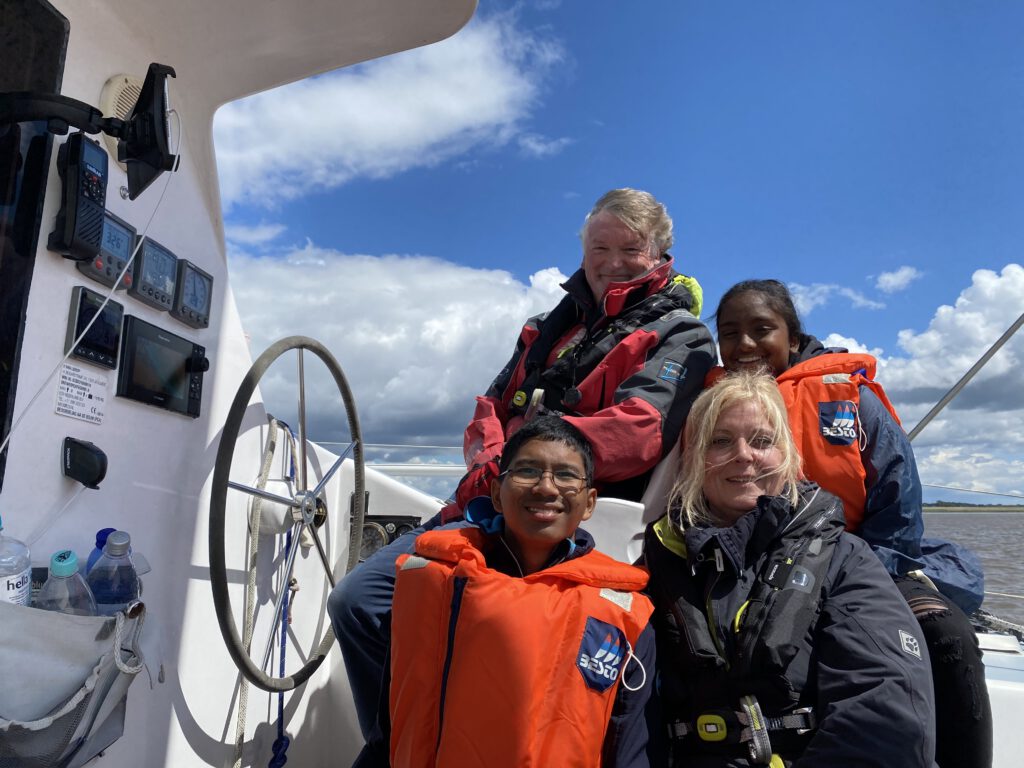
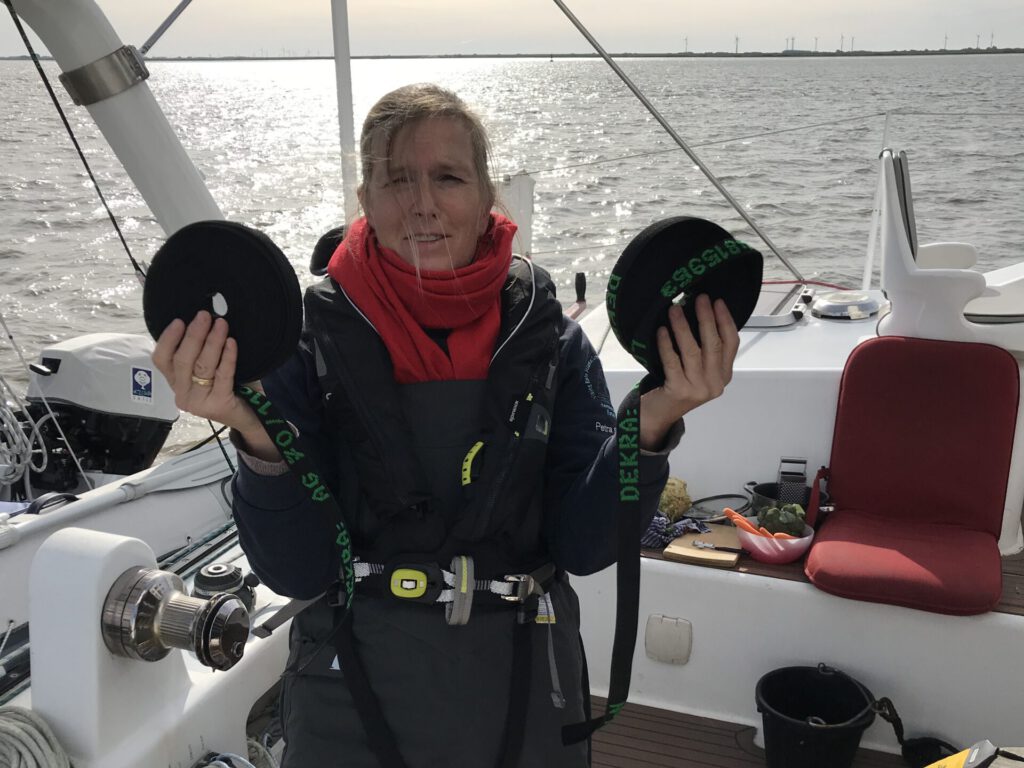
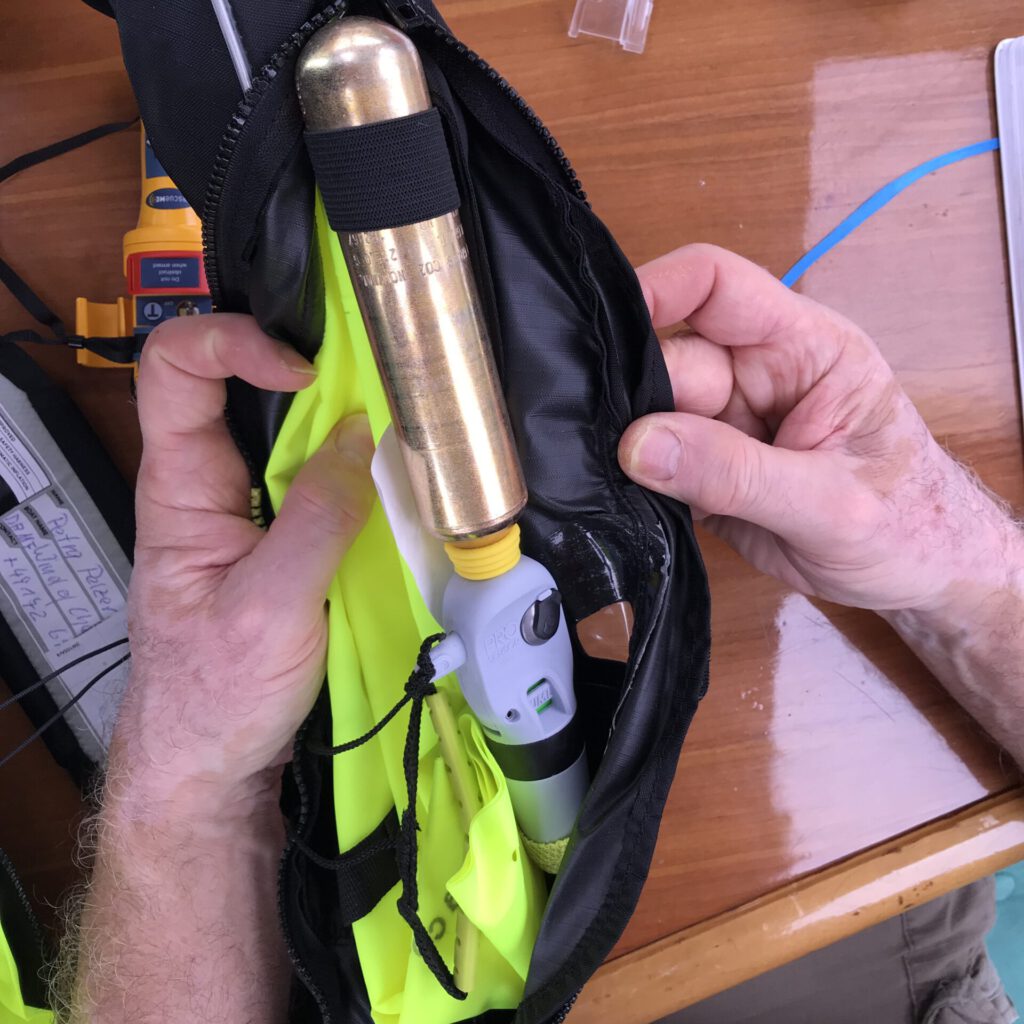
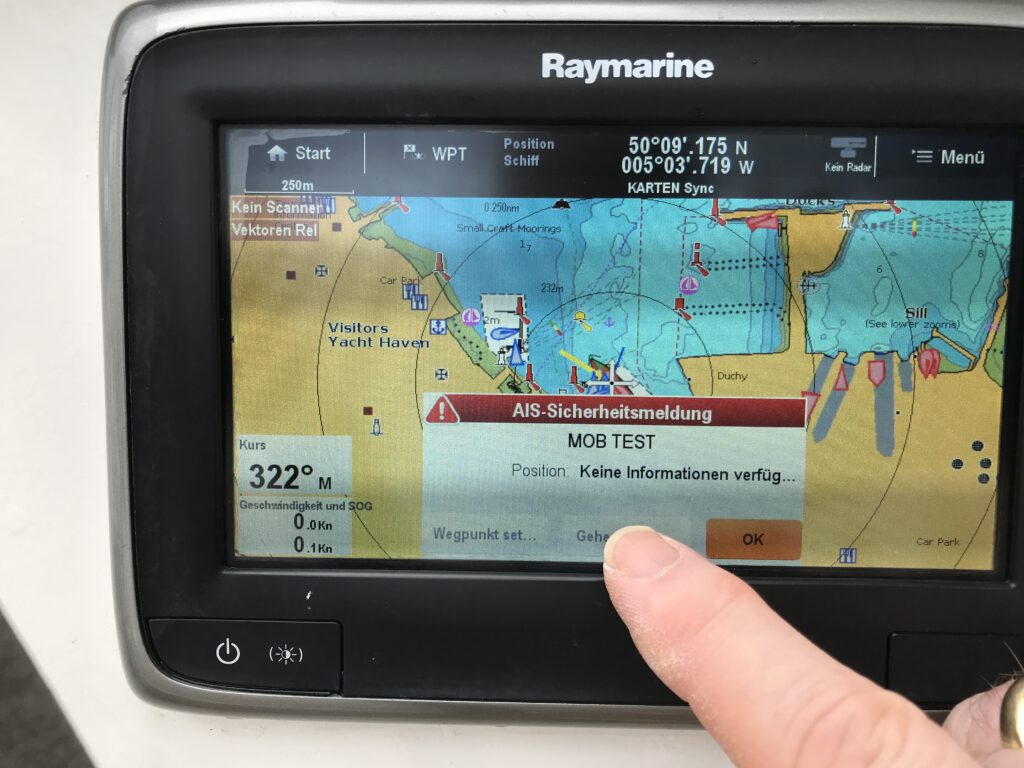
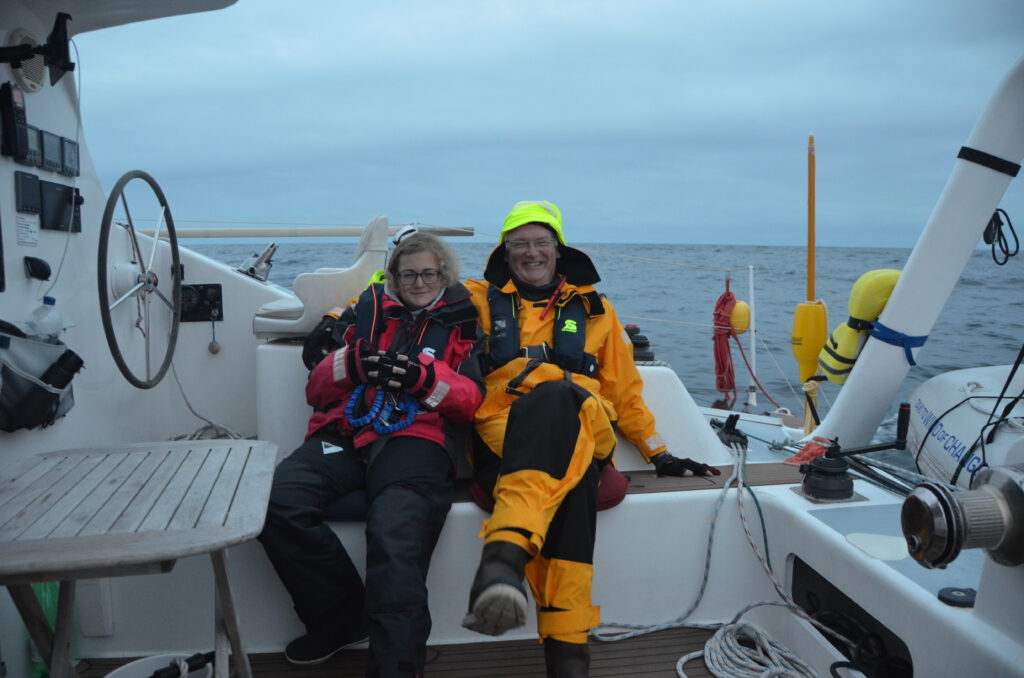
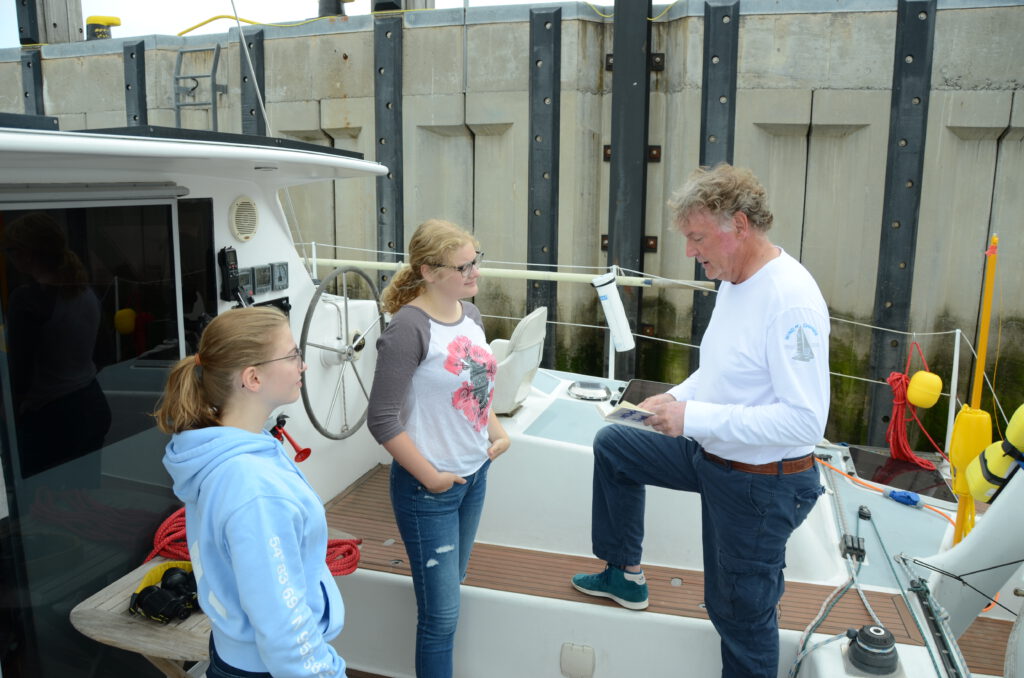
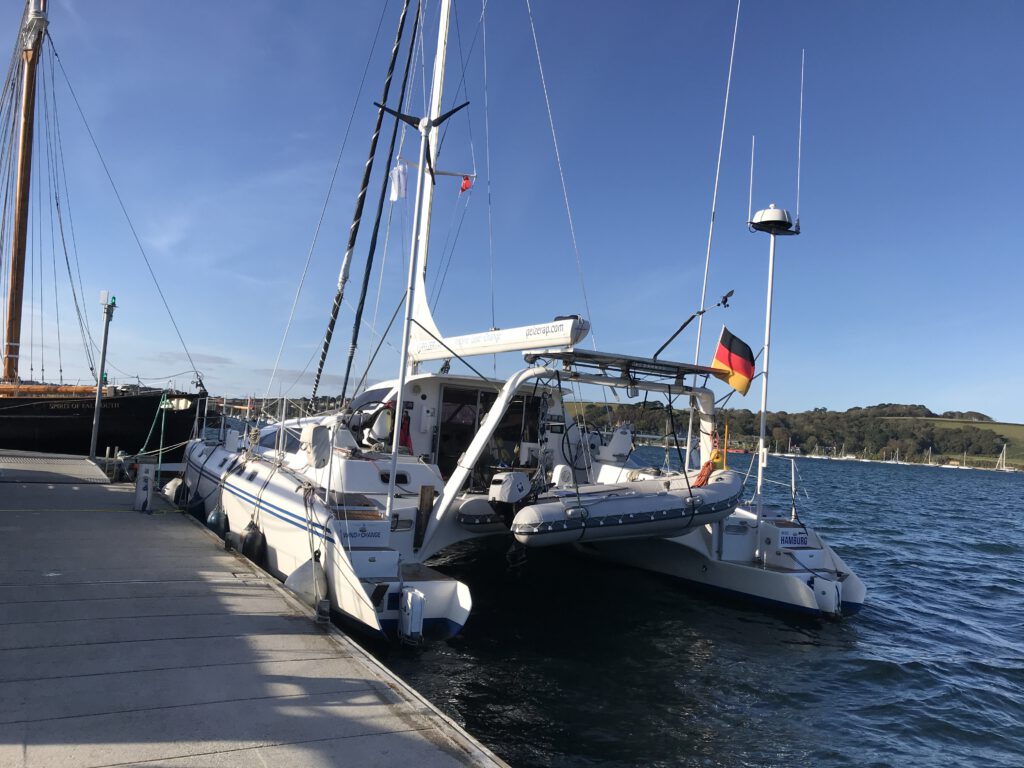
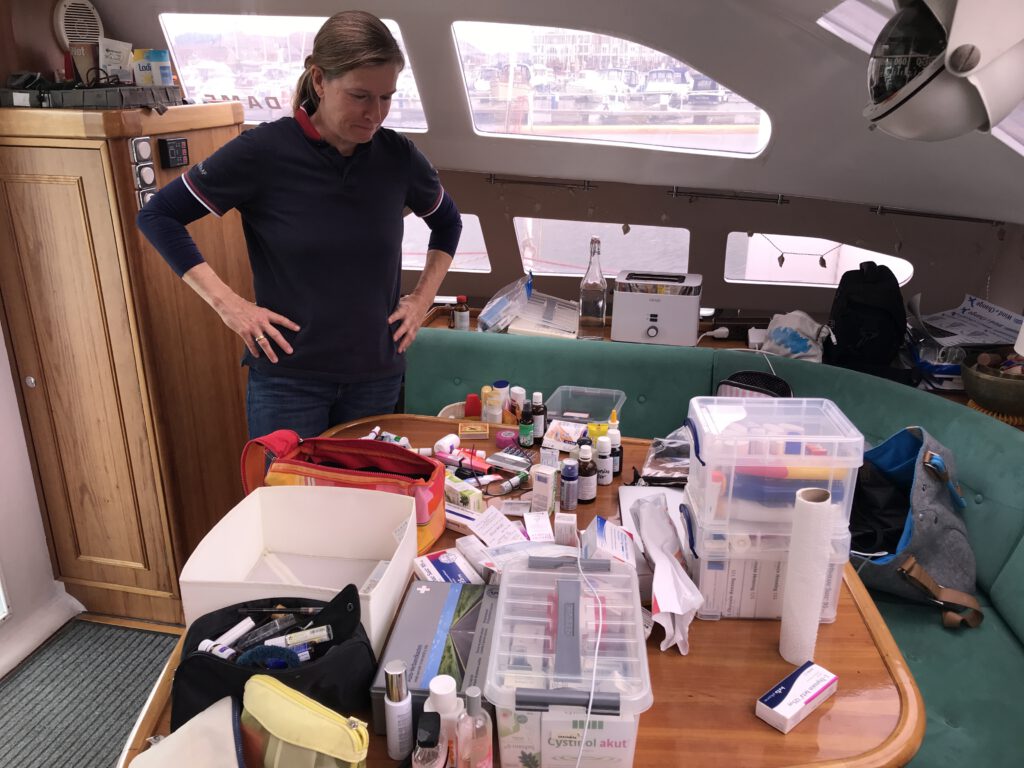
See and be seen – This is how we protect ourselves from collisions!!
International seagoing vessels with more than 300 GT (gross tonnage) and certain passenger vessels are subject to the SOLAS Convention. These vessels are required to be equipped with Class A transceivers. Class A AIS transceivers have a transmitting power of up to 12.5 W, which is higher than Class B devices on recreational craft. Class A transceivers can therefore transmit and receive data over longer distances (up to 30 SM depending on the height of the antenna). Furthermore, the transmission of AIS data is more frequent than with Class B transceivers. That is why we decided to use an A Class AIS device.
Advantage: we are seen by the professionals and much earlier than with the B Class transmitter. A disadvantage is that you then have to state the status exactly before each journey: People on board, destination, cargo; trip status, trip duration ETA. However, this definitely helps in possible rescue operations, as this data is already recorded by the rescuers.
When crossing the traffic separation areas, one is mainly dependent on being visible. On our first trip from Hamburg to Portugal, I therefore called every ship whose bow I wanted to cross, and
- Draw attention to me and
- Make sure that the other ship had me on their radar.
The latter was rarely the case. Our radar reflector at the top of the mast at 15 m (Blipper 210-7), the size of a fender, did not seem to produce a sufficient echo. In a test by the British MAIB >> www.MAIB.gov.UK it gave the equivalent of 4.72m2 at 0° inclination. This is not much and only visible at all on a very well tuned radar with close observation. Therefore, we switched to an active radar reflector in preparation for the long voyage:.
Our new active radar reflector Ecomax XS, on the other hand, has an equivalence of 100 to 300 m2. This gives our 41-foot catamaran the radar echo of a German Navy frigate (according to a radar operator interviewed on the German coast).
Der Effekt beim Kreuzen der Verkehrstrennungsgebiete war überraschend. The effect when crossing the traffic separation areas was surprising. Even before I could call someone at a distance of 3 nm, the large freighters changed course of their own accord in order to maintain the necessary safe distance. I questioned the helmsman of a German seagoing vessel, who told me quite clearly that he recognised us as a sailing vessel after his radar alarm alerted him to us. He then adjusted his course according to the collision avoidance rules.
We had the same result with fishermen: They too change course when a large radar echo comes too close to them and the alarm is triggered. The Ecomax XS electronic radar reflector monitors and reflects radar beams in the X and S bands. (Beware of offers from old units that only reflect the X band that used to be common). For me, this was one of the best investments in our visibility!
Speaking of visibility, our lighting goes way beyond the minimum required!
THE PROBLEM: During the North Atlantic voyage with the traditional ketch “Roter Sand” from Hamburg to Quebec, we had to sail through extensive fields of icebergs for several days. At that time we did not have sufficient lighting ahead. Our lamps illuminated our ship at night, but they blinded us more than we could see anything in the surroundings.
THE SOLUTION: To avoid this blinding effect, we mounted several 24V farm LED floodlights high in the mast on our F41, shining forward and to the side next to the vessel, in addition to separate fore and cockpit lighting. The forward spotlight shines 300 m and makes hidden boats and rocks very visible in the dark. The beam of the stern light illuminates a wide field to the rear, also for handling the dinghy in the dark. At anchor, it is a good feeling to be able to switch on the “stadium lights” all around us at the touch of a button without our own deck being in the spotlight.
How do we keep the ship safe for two 24/7?
The basic rule to follow is: safe lookout at all times! When we sail in pairs, this means sailing single-handed practically 80% of the time!
The ship must be equipped for this. For us this means:
- Being able to perform all sailing manoeuvres from the cockpit alone.
- The autopilot must be able to run for weeks.
- The navigation must be redundant
- We use and monitor all technical systems permanently
- We do intensive weather routing with two different providers (Wetterwelt and MaxSea) to prepare the route. We discuss the different scenarios for the next 24 hours and the next 5 days and agree on a strategy.
- Each of us is capable of leading the ship alone.
- Night watches are distributed differently. From 20-24 pm and from 24-06 am we have fixed times.
- Between 9 and 10:30 am we have breakfast together. Lunch is between 6 and 8 p.m.
- One takes care of nutrition, the other of propulsion and energy management.
- Sometimes – depending on the sea state – the free watch stays on the sofa in the mess.
How do we protect ourselves from technical breakdowns?
Our basic principle on board is: do it yourself!
We have worked hard to operate and understand all the systems on board ourselves and to install new things ourselves. The questions revolve around:
- The engines and the sails
- Leaky windows, penetrations, pipes and vessels
- Electrics and electronics as well as
- Software
After two years of refits and repairs, we have become very familiar with all the existing and new systems and fittings on the boat. This enables us to quickly discover and rectify the cause of any problems.
In doing so, we get help from experts when we get stuck. At the beginning, during the installation of the new electrical and electronic systems, this happened almost daily during the five-month preparation for the voyage. The biggest challenge was the Mastervolt operating software, which we only got to grips with by getting help from experts with online access to our boat systems. The Iridium programming and setting up the Pactor modem with the Windows PC was also not possible for us without external support. The installation of the new 24V systems and our watermaker was supported by friendly dealers.
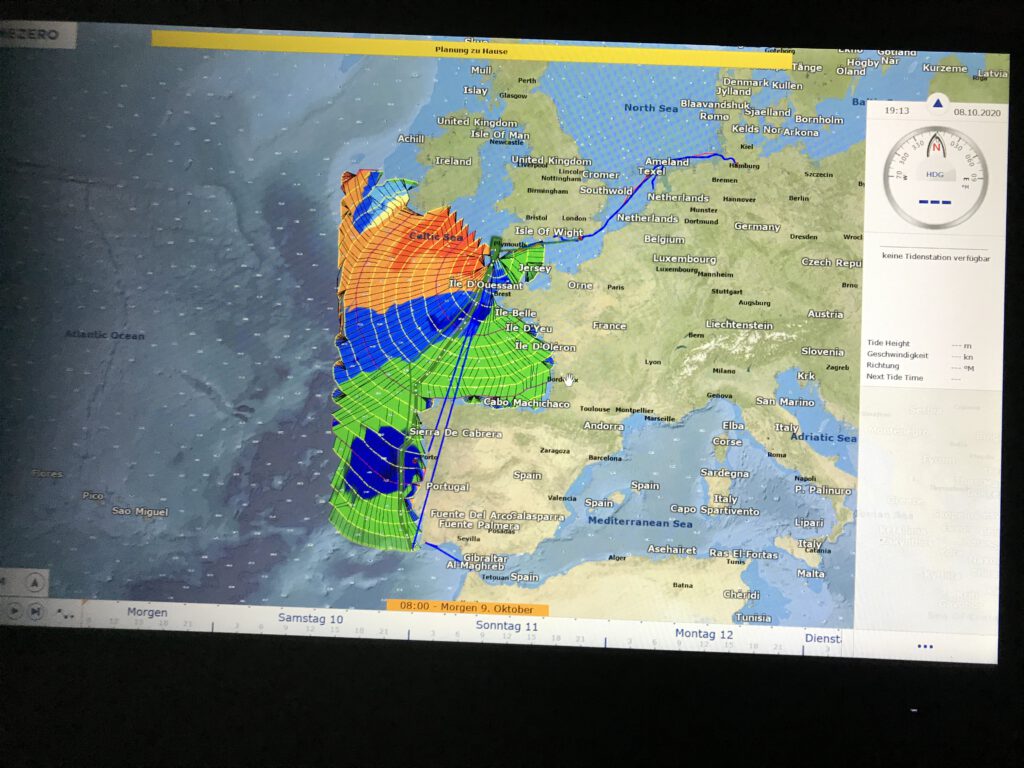
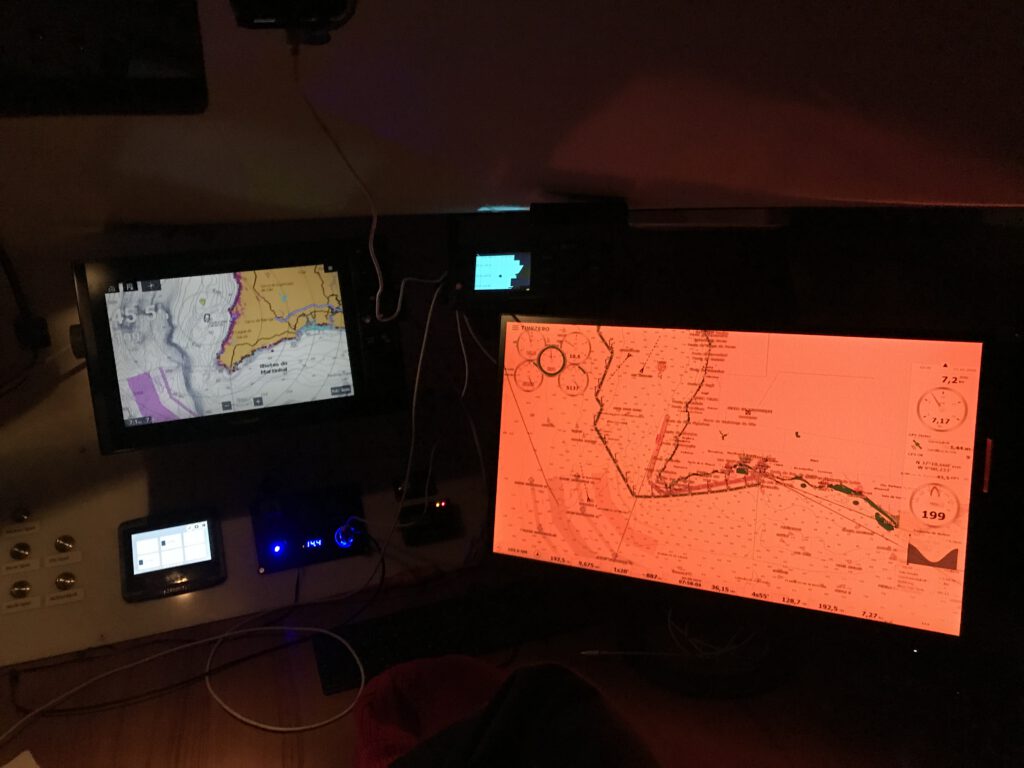
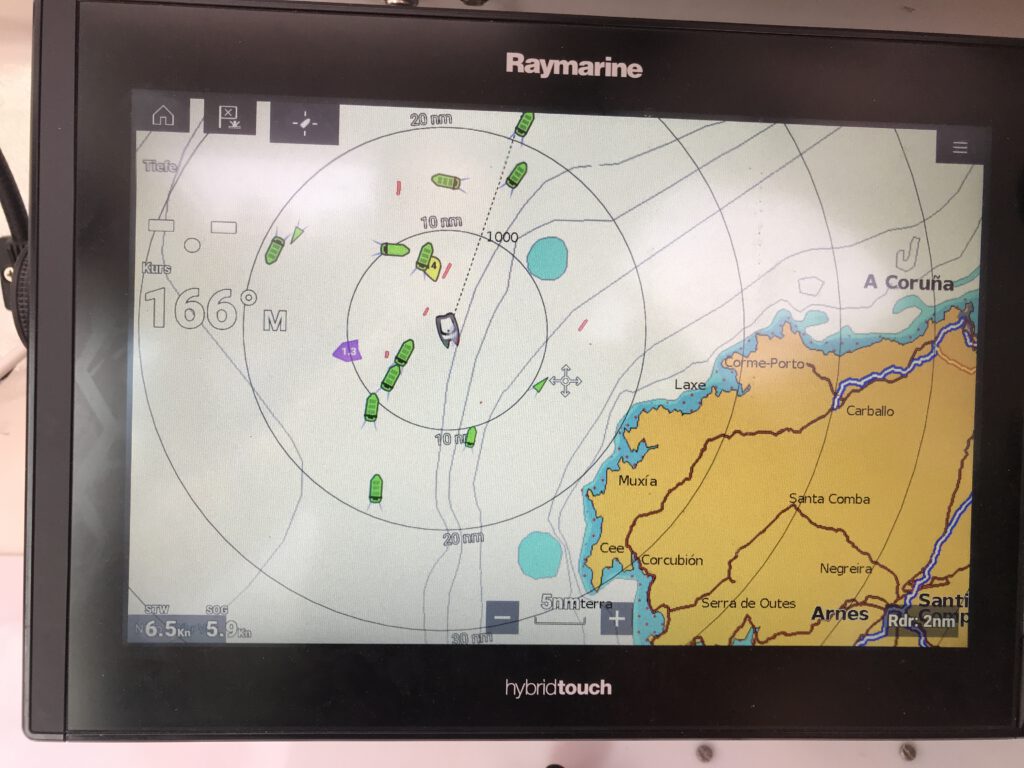
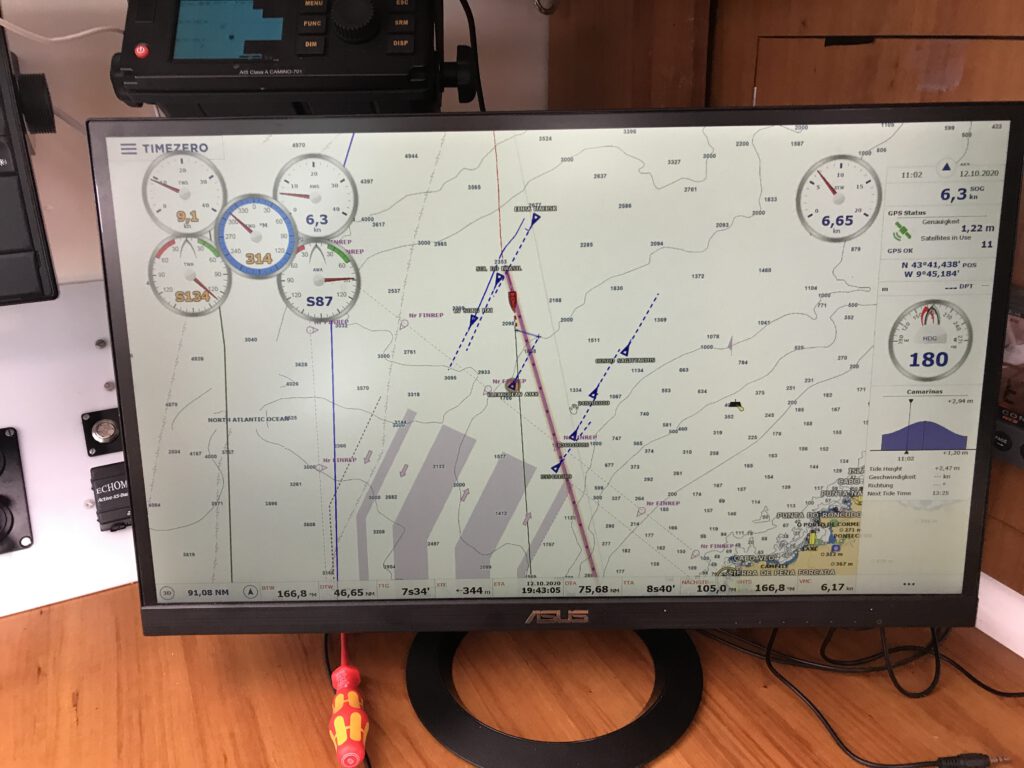
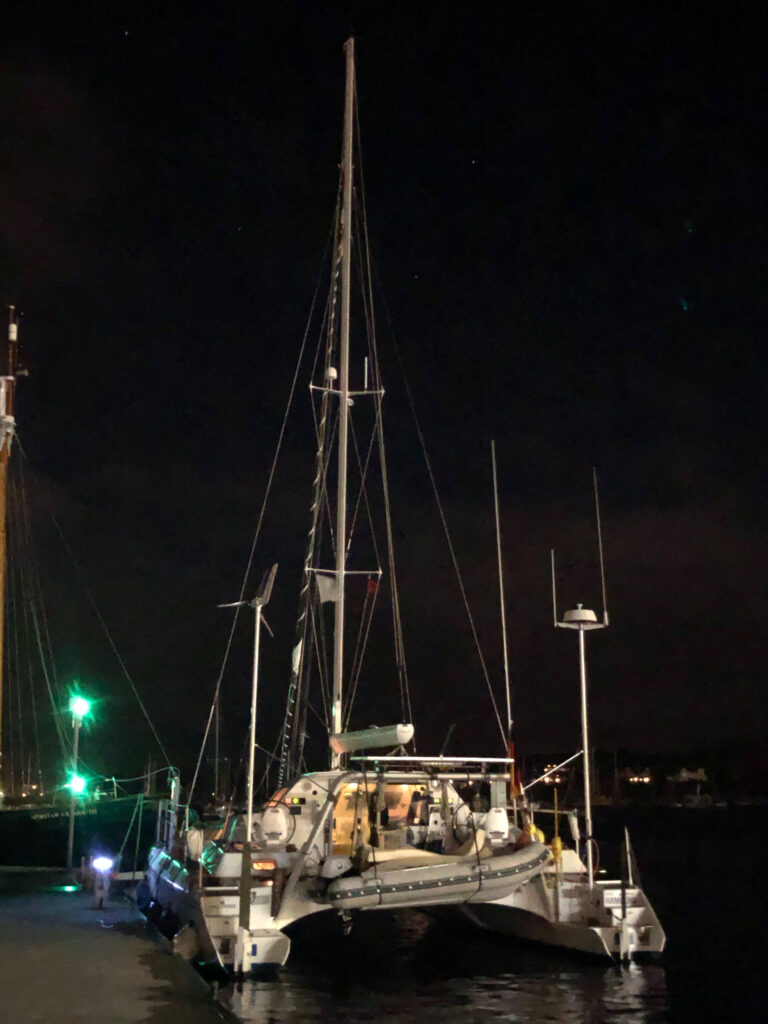
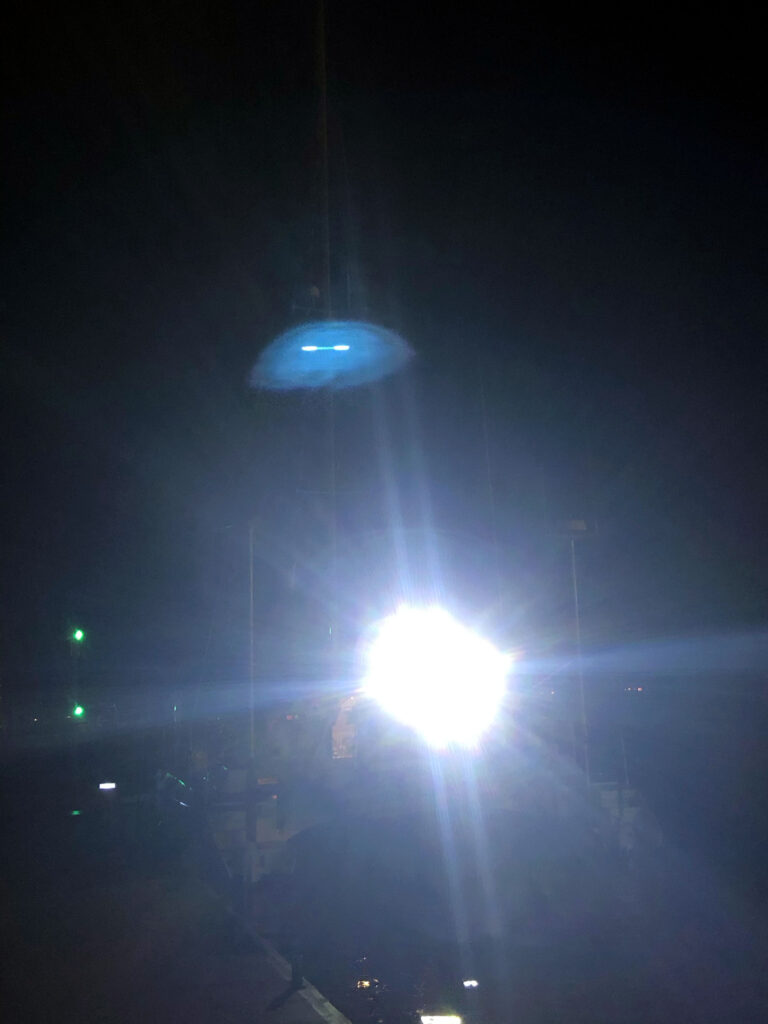
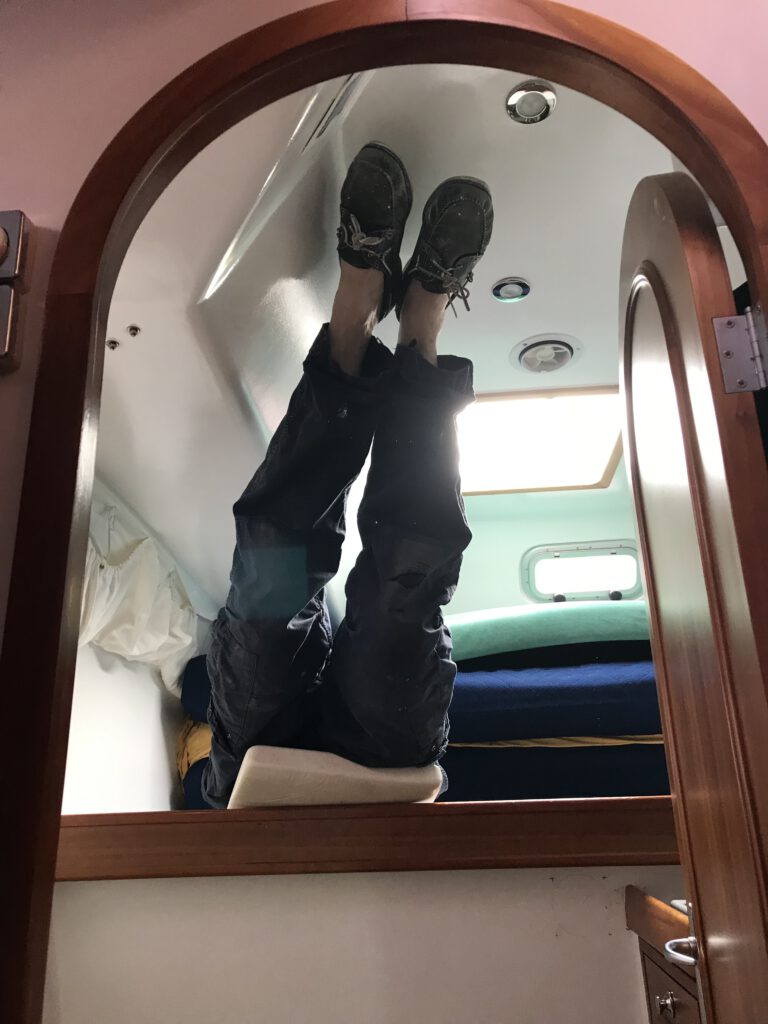
How do we protect ourselves from piracy??
Weapons on board or not? That was a question that had been on our minds for a long time. I remember a passage in Bobby Schenk’s sailing manual about how, on the anchorage in the Caribbean, the yachties shot off fireworks with all their guns to demonstrate their defensibility.
I will pass on here the advice provided by experts who are active in the business of armed protection of merchant ships and have the relevant experience.
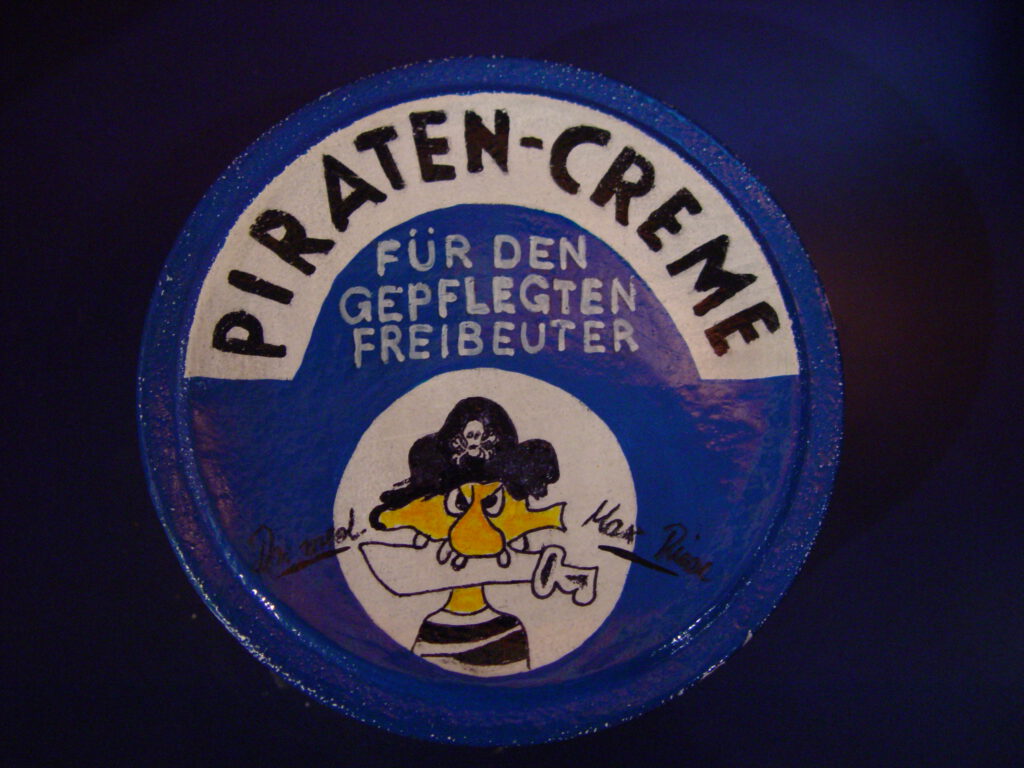
- The greatest danger with handguns is the untrained shooter!
- The world’s police don’t joke around and don’t accept excuses for having unregistered weapons on board. If you risk that, you go to jail in case of doubt.
- If you are threatened with weapons at sea and want to defend yourself with weapons, you have to be able to present a counter-defence that makes it clear even to the drugged desperate or corrupt attacker that his price is very likely to be his death.
- For this you need at least (as equipment for 2 persons)
- a. a long gun calibre 12 (e.g. F12 from Typhon Defense Industries) for shot loads up to 100m range with Laser Aim-Point
b. a 308 Win calibre long rifle with telescopic sight for a range of more than 300m (e.g. HK G 28 with ZF, both weapons in semi-automatic version) and
c. Short firearms of which at least one pistol calibre .45 ACP (e.g. HK 45) or
d. Revolver 357 Mag. (e.g. Ruger GP 100, 357 Magnum)
e. Plus 1000 rounds of ammunition per weapon. - This also includes personal protective equipment with bulletproof carbon waistcoats, helmets and knee pads, ear muffs and radio communication, as well as arming 5 “fighting positions” on board from which to shoot safely under cover.
- Anyone who has ever tried to hit a target the size of a football at a distance of 15 m from aboard a moving ship in a moving sea knows how safe you are from enemy hits; but they also know how much training you have to do to defend yourself efficiently against automatic weapons fire.
- All of this can be legally trained, acquired and owned as a private person in Germany and also in Europe if one is recognised and trained as a sport shooter or is a hunter. The cost is around 8,000 €- 25,000 € and it takes 3 – 5 years to complete the training.
All of this is an extremely high expense that bears no relation to the gain in safety that can be achieved by other means. Those who still believe they can achieve anything with grandpa’s WW II gun from the barn are themselves in extreme danger. All others are advised to refrain!
It is better to simply avoid areas that are known for predators:
- Areas known for predatory armed activities.
- Have to cope with extremely bad economic situations. This is now true for all zones suffering from global climate change and affected by Covid 19.
- Being dominated by authoritarian regimes
- Being ruled by cartels
- By my current estimate, that’s 70% of the world’s coast

